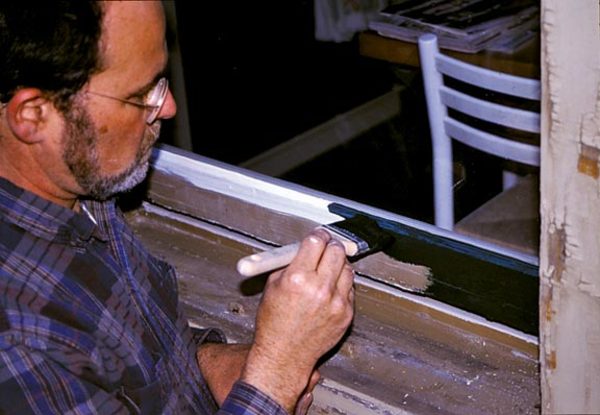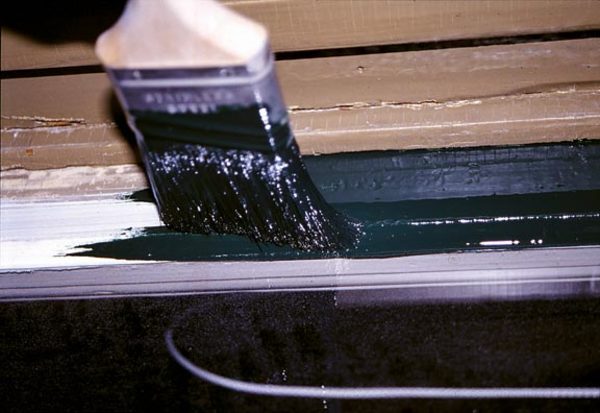Paintbrushes are the Rodney Dangerfield of hand tools—used and abused, they rarely get the respect they deserve. But a well-chosen brush makes painting easier, can create a better-looking finished product, and can even shorten work time because it holds more paint.

Types of Brushes
The first thing you’ll need to consider is what type of brush is appropriate for your project. Wall brushes are typically 3½” to 4″ wide with a squared end, and are used to paint broad expanses of clapboards, shingles, plywood, or masonry. You might find brushes that are 5″ or 6″ wide, but when loaded with paint, they tend to be heavy and awkward, so the smaller size is usually best.
Similar to wall brushes, 3″ to 3½” cut brushes are designed to maneuver into the corners of ceilings and walls and around trim prior to rolling. They are also good for painting doors, wainscoting, and wide trim.
Trim brushes are 1″ to 2½” wide and come in two varieties. One is squared off at the bottom like the larger brushes (best for wide surfaces like baseboards and door casings), while the other is angled to help paint thin surfaces like window sash.
What to Look For
Brushes have three main parts: the handle, ferrule, and bristles. Handles can be painted or unpainted, wood or synthetic. The ferrule is the piece of rust-resistant metal attached to the handle to cover the connection of the bristles, which are embedded in epoxy to prevent them from coming loose into the paint.

A good brush should not be too light, too heavy, or too large or small for the job at hand. When choosing a brush, hold it in one hand, and grab the bristles in the other and bend them. They should resist bending and spring back into place when you let go. They should taper from the ferrule to the tips, and should be “flagged,” meaning they resemble split ends of hair. This feature allows the bristles to hold more paint, spread it evenly without drips, and cut sharply into difficult areas.
Chinese boar bristles are the standard for oil-based paints, and are either black or bleached white. The black bristles are stiffer and hold up best for painting trim or siding, while the softer bleached bristles are a good choice for varnishes, cabinets, or doors. For extra fine work, ox-hair and boar-bristle blends deliver the best possible finish. (Note: Never put a natural-bristle brush into water-based paint; the bristles will become waterlogged, limp, and ruined forever.)
Synthetic bristles are best for water-based paints such as latex or acrylics, but also can be used in oil paints. A brush labeled “extra firm” is best for window muntins, cutting straight lines, or anywhere precision is important. Brushes with no delineation should hold more paint and leave a smoother painted surface because the bristles are softer, but they can get floppy after hours of use.
Top-of-the-line brushes from major manufacturers are similar in quality and price. Ultimately, the brand you choose should be the one that works best for you. For a reliable recommendation, ask your painter or paint salesman which brushes the best painters in the area prefer.
Contributing Editor Steve Jordanis the co-author of Expert Paint: Painting Kitchens (Quarry, 2004).







